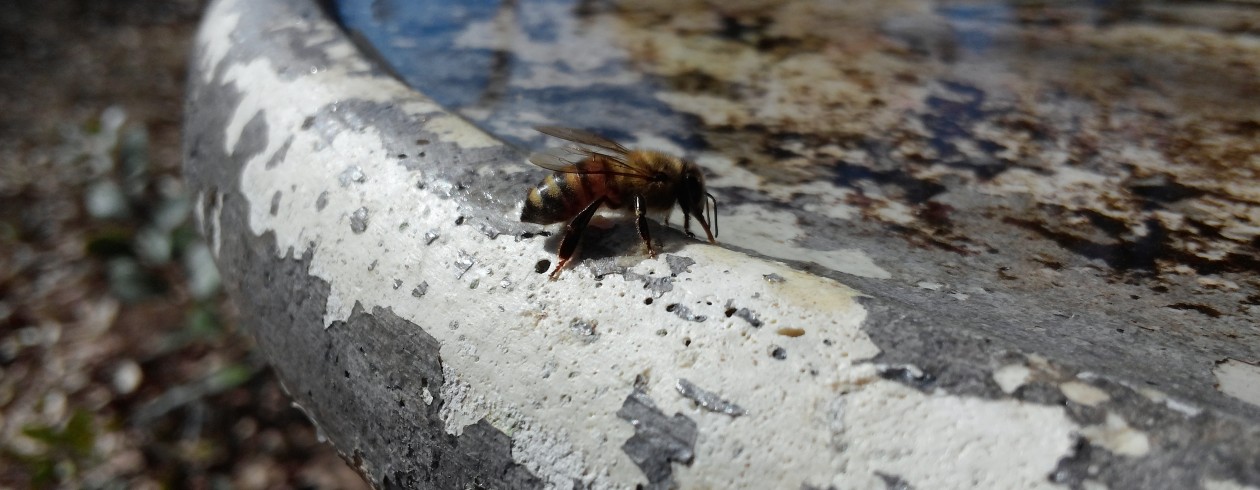“Why,” people ask, “if you have so much space available on the property do you grow in raised beds instead of directly in the ground?”
This is one reason.
Really, when it gets down to it, it is THE reason. This is a cross section of the soil here. This picture was taken when I was digging out holes for the new grapevines to be planted. What you can see is a thin layer of sandy soil, a large layer of clay, and at the bottom is an even larger layer of thick sand – think wet beach sand. If I had dug a bit further down, I’d have hit the hardpan. There are problems with this sort of ground: there’s little in the way of nutrients for plants, and most would be unable to break their roots through the layer of clay. This means you can start something from seed or even a small transplanted seedling, but it will reach a certain size and then stop, not being able to get the food it needs or get its roots deeply into the ground. The other issue is water.
If it rains quite a bit – 3.57 inches in 24 hours in the photo here (March 2014) – the water has nowhere to go. It can’t filter down into the ground because the clay layer refuses to let it pass. If we planted directly in the ground, every time there was any significant rain, we’d lose whatever was in the ground. So, we use raised beds for planting. The water may flood some of the walkways, and we may need to wear our muck boots to work, but the plants themselves, save the random sweet potatoes that escape and decide to grow in the ground outside the frames, are safely above it.


